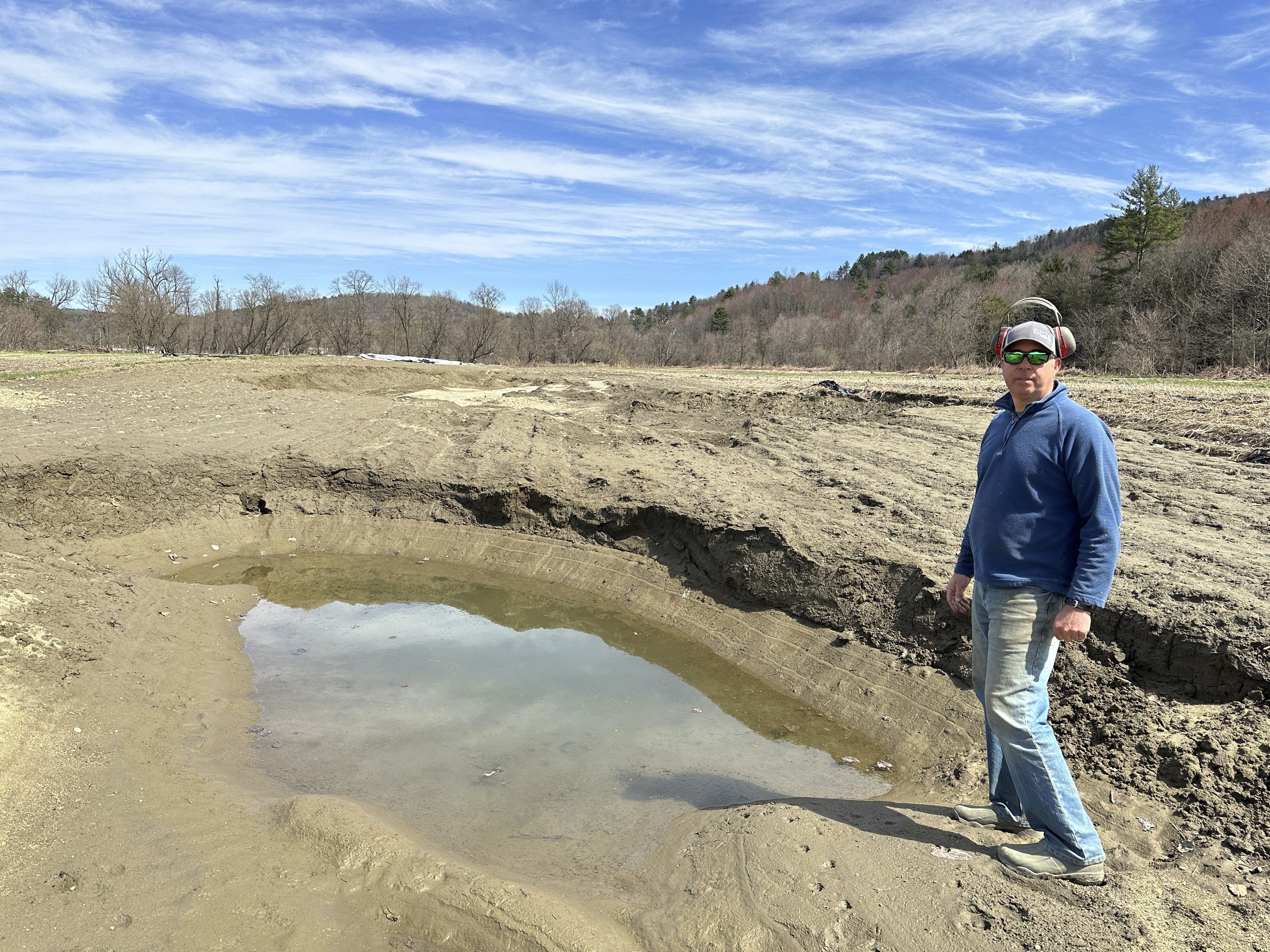A tiny predator could cause big trouble for the ecosystem in Lake Champlain—a popular destination for recreation which is shared by Vermont, New York, and Quebec.
The fishhook water flea, an invasive crustacean named for its barbed spine, was first spotted in Lake Champlain in 2018. The discovery of thousands of the pests in recent days—in globs attached to boats and fishing gear—prompted concerns the pests’ population is exploding.
“Once they’re established, getting rid of them is impossible,” fisheries biologist Bernie Pientka of the Vermont Department of Fish and Wildlife said of the fishhook water flea. “They’re basically going to maintain themselves in these water bodies.”
The fishhook water flea is similar to the spiny water flea, which was confirmed in Lake Champlain five years ago.
According to the Lake Champlain Basin Program, the fishhook water flea, which is a native of Eurasia that arrived in the Great Lakes in ballast water, likely hitched a ride to Lake Champlain on a recreational boat that was used in another infested waterway.
The fishhook water flea gloms onto fishing gear in clumps, causing anglers headaches and possible damage to their equipment.
Pientka says native species like small fish could now have competition for food from the fishhook water flea, which eats plankton.
Vermont
The latest news from around the state
There is something boaters can do to help blunt the impact of this invader, and it starts when you take your boat out of the water.
Stewards with the Lake Champlain Basin program are at busy boat launches spraying down vessels and trailers with hot water, flushing out bilge water containers, and urging people to check all their gear closely to stop the spread of invasive species.
“It’s really important to clean, drain, and dry your equipment so that we’re not transporting fishhook or any other invasive species from Lake Champlain to another body of water,” Meg Modley Gilbertson of the Lake Champlain Basin Program told necn.
While they’re nasty-looking and a nuisance, there’s no known health risk to humans from the fishhook water flea, the LCBP said.
Angler Bernice Hance of Burlington said she hopes people take the advice seriously to help protect the lake she loves fishing in, as well as other bodies of water around the state and region.
“Everybody complains about the ‘nine months of winter,’ but this is what we live for,” Hance said of the perfect Vermont summer day she was enjoying on the shores of Lake Champlain.
More information on protecting waterways from nuisance aquatic species is available here.



